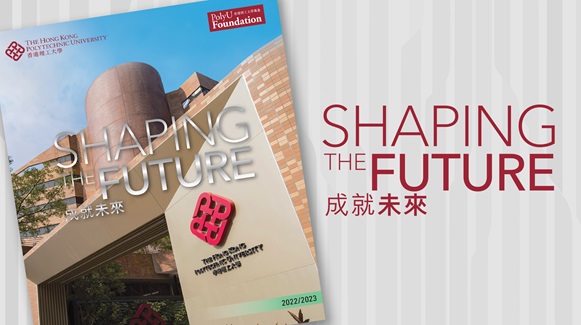
AI and Fashion Integration
The beginning of a new era of creative design and lifestyle
Artificial intelligence (AI) is transforming the fashion and textiles industry. With the ever-growing influence and deployment of AI in fashion design, manufacturing and retailing, it is changing consumer lifestyles and the way businesses operate. We can anticipate an increase in the demand for creative AI applications in the coming years.
Professor Calvin Wong and his team at PolyU’s School of Fashion and Textiles, have been a pioneer in the research of computer vision and AI-based applications for the industry. Thanks to the generous support from Sau Ching Charity Foundation to set up the Cheng Yik Hung Endowed Professorship in Fashion, the team has succeeded in a number of significant breakthroughs.
One of these early inventions is WiseEye – an intelligent fabric fault detection system. Backed by AI, big data and deep learning technologies, WiseEye can detect fabric defects with exceptionally high accuracy. Replacing the traditional method of detection by the naked eye, WiseEye can achieve high-quality control and minimise wastage. The General Research Fund of the University Grants Committee and the National Nature Science Foundation of China also funded the project. WiseEye has received four invention awards and a patent.
The AI-based Interactive Design Assistant for Fashion (AiDA) developed by the team marks another important milestone in fashion design. Much more than an ordinary computer tool, the AiDA emphasises human-computer interaction, making it the world’s first designer-led AI design system. Designers can upload their mood boards, sketches, colour palettes and patterns, and AiDA can generate an original design collection within 10 seconds. AiDA, apart from enhancing efficiency, offers many advantages when it comes to design inspiration.
AiDA is one of the core technologies being adopted by the Laboratory for Artificial Intelligence in Design (AiDLab). PolyU and the Royal College of Art have jointly established AiDLab to offer AI-assisted design solutions to benefit both the industry and society. One distinct example is the use of AI to enable ergonomic design to produce functional apparel for the health benefits of users. As Professor Wong puts it,










